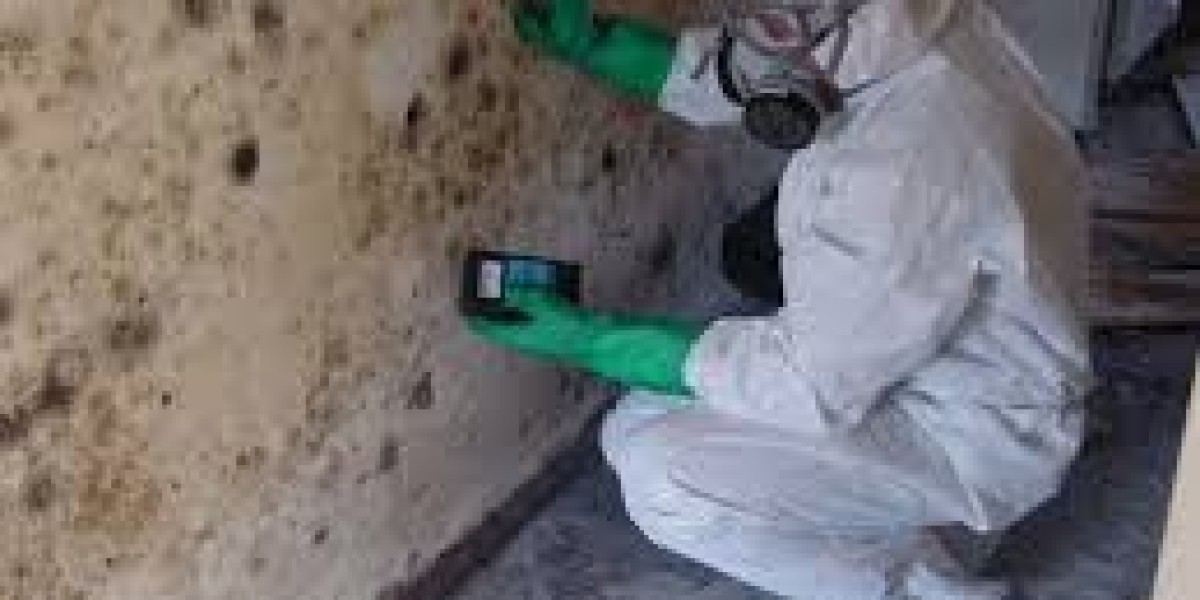Hazardous materials, commonly known as hazmat, are substances that can pose serious risks to health, safety, or the environment if not handled properly. From chemical spills to biological waste, these materials require specialized cleanup procedures, protective equipment, and expert intervention. Hazmat cleanup plays a crucial role in minimizing exposure, preventing contamination, and ensuring safe living and working conditions.
In this article, we’ll explore what hazmat cleanup involves, when it’s needed, the types of hazardous materials encountered, and why professional hazmat cleanup services are essential for safety and compliance.
What is Hazmat Cleanup?
Hazmat cleanup refers to the process of safely identifying, removing, and disposing of hazardous substances. These materials can include toxic chemicals, biohazards, radioactive materials, or even contaminated objects that could cause harm if mishandled. The cleanup process involves advanced techniques, specialized tools, and compliance with government regulations such as OSHA (Occupational Safety and Health Administration), EPA (Environmental Protection Agency), and local health departments.
Unlike general cleaning, hazmat cleanup requires trained technicians who understand chemical reactions, contamination control, and decontamination protocols. Their work ensures that the affected area is safe for human occupancy and the environment.
Common Situations That Require Hazmat Cleanup
Hazmat cleanup services are required in various situations, both residential and commercial. Here are some of the most common scenarios:
Chemical Spills:
Industrial facilities, laboratories, and even households can experience chemical spills. Substances like acids, solvents, or pesticides can cause severe burns, toxic fumes, or groundwater contamination if not managed correctly.Biohazard Incidents:
Blood, bodily fluids, and medical waste contain pathogens that can spread infectious diseases. Crime scenes, suicides, or unattended deaths often require biohazard cleanup to remove contamination and odors.Drug Contamination:
Properties previously used for drug production—especially methamphetamine labs—are hazardous due to toxic residues. Hazmat cleanup teams decontaminate these sites to make them safe for reoccupation.Asbestos and Lead Removal:
Older buildings may contain asbestos insulation or lead-based paint. When disturbed, these materials release harmful fibers and particles that can lead to respiratory diseases or poisoning.Fire and Smoke Damage:
After a fire, surfaces may be coated with soot, ash, and chemical residues from burned materials. Hazmat teams safely clean and neutralize these contaminants.Oil or Fuel Spills:
Petroleum products can contaminate soil and water sources. Specialized hazmat crews handle containment, recovery, and remediation to protect the environment.
The Hazmat Cleanup Process
Professional hazmat cleanup follows a systematic and regulated process to ensure safety and thorough decontamination. The steps typically include:
Assessment and Planning:
The cleanup team first identifies the type of hazardous material involved and the extent of contamination. They then design a response plan outlining procedures, safety measures, and equipment needed.Site Containment:
The affected area is sealed off to prevent the spread of contaminants. This may include setting up physical barriers, ventilation systems, or negative air pressure zones.Decontamination:
Cleanup specialists use appropriate cleaning agents, absorbents, and neutralizers to remove or neutralize hazardous materials. For example, biohazard waste is sterilized and placed in approved containers.Waste Removal and Disposal:
Contaminated materials are collected, labeled, and transported to licensed hazardous waste disposal facilities. Proper documentation is maintained to ensure compliance with environmental regulations.Final Inspection and Testing:
After cleanup, air and surface samples are tested to verify that contamination levels are safe. Once the site meets health and safety standards, it’s cleared for re-entry.
Safety Gear and Equipment Used in Hazmat Cleanup
Because hazmat cleanup involves dangerous materials, technicians rely on specialized personal protective equipment (PPE) and tools. These may include:
Full-body hazmat suits (Level A, B, C, or D depending on exposure risk)
Respirators or self-contained breathing apparatus (SCBA)
Chemical-resistant gloves and boots
Absorbent pads and neutralizing agents
HEPA-filtered vacuums
Decontamination showers and air scrubbers
The use of such gear ensures that cleanup workers are protected from chemical burns, toxic fumes, and infectious agents during the process.
Why Professional Hazmat Cleanup is Essential
While some might attempt to clean hazardous materials themselves, it’s strongly discouraged. Improper handling can spread contamination, violate safety laws, or lead to serious health consequences. Professional hazmat cleanup services offer several key advantages:
Expertise and Training:
Certified hazmat professionals are trained in handling, transporting, and disposing of dangerous materials safely.Regulatory Compliance:
Cleanup companies follow federal and local regulations, ensuring that hazardous waste is managed legally and responsibly.Health Protection:
Proper procedures minimize exposure risks to occupants and cleanup personnel, reducing the chance of illness or injury.Efficient and Safe Results:
Advanced equipment and proven techniques ensure the area is thoroughly decontaminated and safe for use.Environmental Responsibility:
Professionals use eco-friendly practices to reduce environmental harm and prevent pollution.
The Role of Hazmat Cleanup in Environmental Protection
Beyond personal and property safety, hazmat cleanup plays a major role in preserving ecosystems. When toxic substances enter soil or waterways, they can devastate wildlife and contaminate food chains. Proper remediation prevents long-term damage and supports sustainability efforts. For example, cleaning up oil spills, removing asbestos, or treating contaminated groundwater helps maintain ecological balance and public health.
Choosing the Right Hazmat Cleanup Company
Selecting a reliable hazmat cleanup service is crucial. Here are a few tips to consider:
Certification and Licensing: Ensure the company holds all required OSHA and EPA certifications.
Experience: Choose professionals experienced in handling the specific type of contamination you’re dealing with.
Emergency Availability: Many situations require 24/7 response.
Customer Reviews: Check testimonials and online ratings for credibility.
Transparent Pricing: Reputable companies provide detailed quotes and clear cleanup plans.
Conclusion
Hazmat cleanup is far more than just cleaning—it’s a critical safety and environmental service. Whether it’s a chemical spill, biohazard scene, or asbestos removal, professional hazmat cleanup ensures dangerous materials are managed correctly, preventing harm to people and the planet.
By relying on certified experts, following safety regulations, and prioritizing health, communities can recover from hazardous incidents safely and efficiently. Proper hazmat cleanup not only restores peace of mind but also protects the future of our environment.







